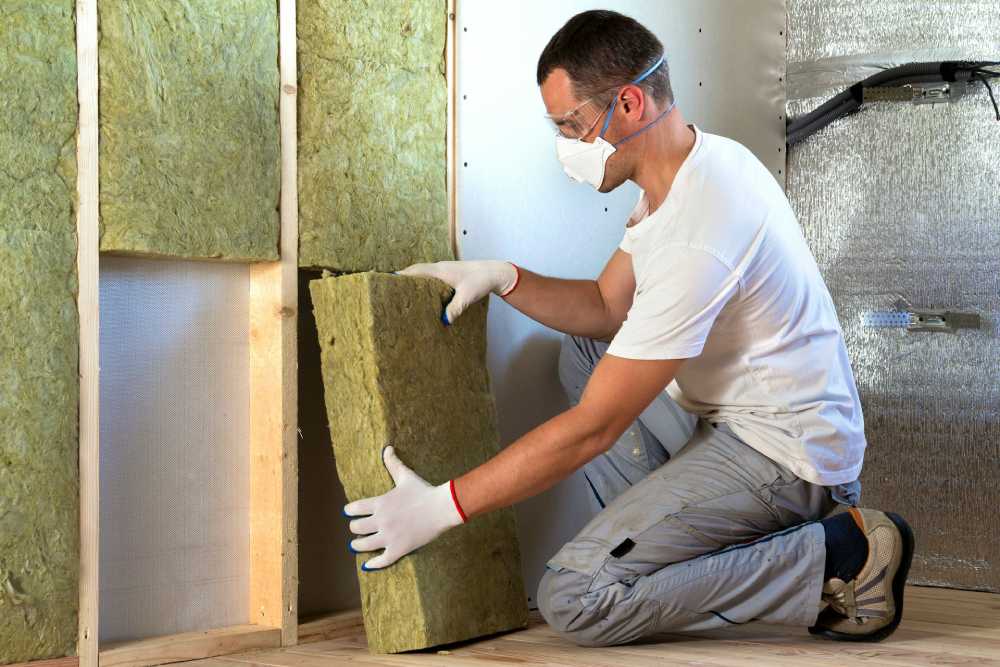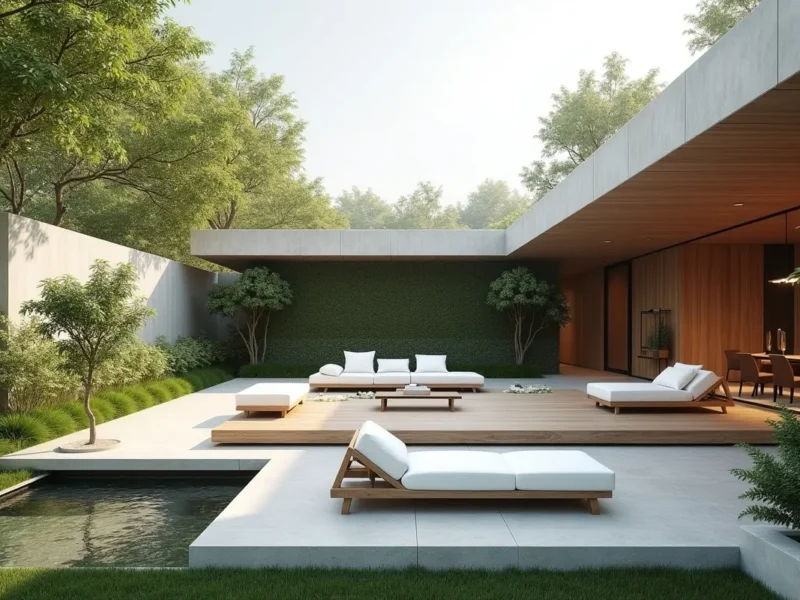Having adequate insulation is important for keeping a pleasant indoor temperature and enhancing energy efficiency in your home. Assisting in decreasing heat loss during winter and heat gain during summer, which leads to reduced energy costs and a more pleasant living space. Inadequate insulation in houses can lead to increased use of heating and cooling systems due to uncomfortable temperatures.
Beyond comfort, insulation also helps protect your home’s structural integrity. Inadequate insulation can eventually result in condensation and mold growth, leading to potential harm to walls, ceilings, and other structural elements. Insulation is a barrier preventing moist air from condensing on cool surfaces.
Regular maintenance and services like attic cleaning near me can avoid these issues and extend the lifespan of your insulation, ensuring your home stays sturdy and healthy for years to come.
Contents
Different Insulation Materials
Various types of insulation materials are available, each with its advantages. Common materials include fiberglass, cellulose, and foam. Fiberglass is widely used due to its affordability and effectiveness. It comprises fine glass fibers and is available as batts, rolls, or loose-fill. Fiberglass insulation is beneficial for walls, floors, and attics.
Cellulose, made from recycled paper, is gaining popularity for its eco-friendly properties. One effective way to ensure maximum performance is by searching for attic cleaning near me services, which can assist in identifying and resolving any existing insulation issues.
It is coated with fire retardants and is able to be blown into attics and wall spaces, creating a thick, energy-saving obstruction. Though more expensive, foam insulation provides an excellent seal and high R-value. It grows to occupy openings and fissures, which makes it perfect for areas that are difficult to access.
Energy Saver explains that homeowners can make well-informed decisions that meet their specific needs by understanding the various types of insulation. Fiberglass is often chosen for its cost-effectiveness, but foam and cellulose offer unique benefits that can be particularly advantageous depending on your home’s particular requirements.
Each material has unique characteristics impact its effectiveness and suitability for different home parts. Homeowners should consider factors such as climate, home structure, and budget when selecting insulation materials.
Proper Installation Techniques
The effectiveness of insulation largely depends on its proper installation. Gaps, overlaps, and compression can significantly reduce its performance. Insulation works by trapping air pockets, slowing the transfer of heat. However, these air pockets can be protected if appropriately installed, decreasing effectiveness.
Following best practices during installation ensures the insulation performs as intended. This includes providing a snug fit without gaps, cutting the insulation to the proper size for the space, and avoiding compression, which can reduce insulating properties.
The U.S. Energy Information Administration offers comprehensive resources for detailed installation guidelines that can help ensure proper and efficient insulation installation. These instructions discuss various subjects, including selecting suitable insulation and implementing specific installation techniques for various home areas. Knowing these techniques can save time and reduce the likelihood of encountering issues down the road, leading to more effective insulation outcomes and long-term energy savings.
Benefits of Improving Home Insulation
- Enhanced Comfort: Well-insulated homes maintain a consistent and comfortable temperature year-round. This leads to a more enjoyable living environment, free from cold drafts in the winter and excessive heat in the summer.
- Energy Savings: Proper insulation can significantly reduce energy consumption and utility bills. By minimizing the need for heating and cooling, homeowners can see substantial savings on their energy bills, making insulation a cost-effective investment.
- Environmental Benefits: Reduced energy use leads to a lower carbon footprint, benefiting the environment. Effective insulation reduces greenhouse gas emissions by decreasing the need for fossil fuel-based heating and cooling solutions, supporting global sustainability efforts.
Standard Insulation Mistakes to Avoid
Some common mistakes include using the wrong type of insulation, improper installation, and neglecting to insulate essential areas such as attics and basements. These mistakes can lead to ineffective insulation and increased energy costs.
For example, insulation with a lower R-value than required for your climate can result in insufficient thermal resistance. At the same time, improper installation techniques can create gaps and thermal bridges, reducing overall effectiveness.
Being aware of these pitfalls can help homeowners avoid common errors. Selecting the appropriate insulation type and ensuring it is installed correctly to achieve maximum performance is crucial. Routine inspections and upkeep can catch possible problems in advance, enabling prompt solutions and continued insulation effectiveness.
Environmental Impact of Insulation
Insulation plays a significant role in reducing a home’s environmental impact. Decreasing the need for heating and cooling reduces greenhouse gas emissions. This helps individual homeowners by reducing their utility bills and also supports broader initiatives to fight climate change. Significant energy savings can be obtained by properly insulating, making it a crucial factor for eco-friendly homeowners.
Moreover, eco-friendly insulation options, such as cellulose, contribute to a more sustainable future. Cellulose insulation is made from recycled paper and uses less energy than traditional insulation materials. This makes it an attractive option for those looking to reduce their environmental footprint.
Additionally, insulation technology advancements are continually improving these materials’ sustainability and efficiency, offering even more opportunities for homeowners to make environmentally responsible choices.
Final Thoughts
Improving home insulation is a practical and effective way to enhance comfort, save energy costs, and reduce environmental impact. Homeowners can achieve optimal results by understanding different materials, ensuring proper installation, and avoiding common mistakes.
Investing in quality insulation today can provide long-term benefits for the household and the planet. A well-insulated home is an immediate comfort and a long-term commitment to energy efficiency and sustainability.
As insulation technology evolves, the options available to homeowners continue to expand, providing better performance and environmental benefits. Staying informed about these advancements and integrating them into home improvement plans can result in substantial savings and a more comfortable living environment.
The cumulative effect of individual efforts in proper insulation enhances personal living conditions and contributes to global energy conservation and climate change mitigation efforts.



